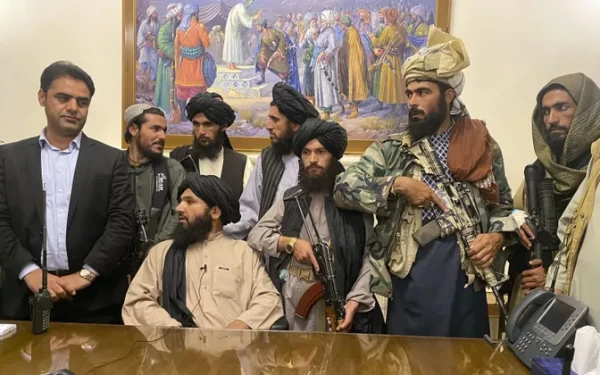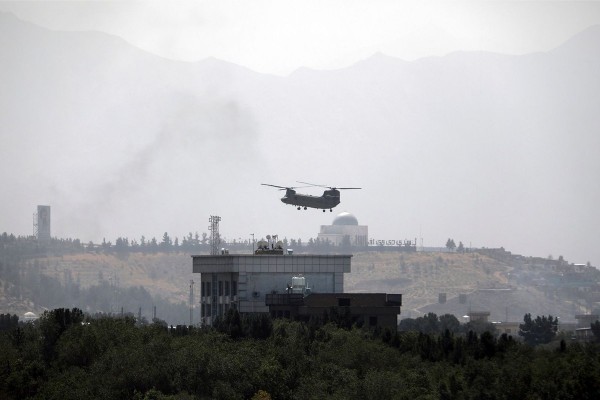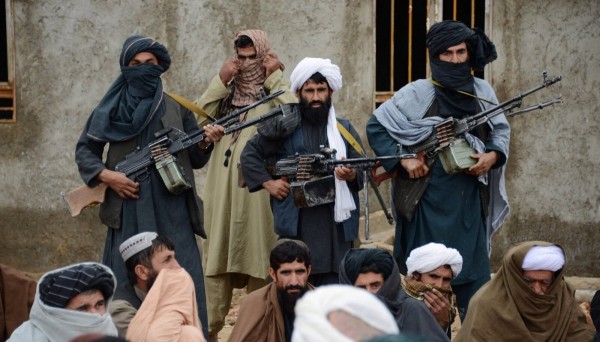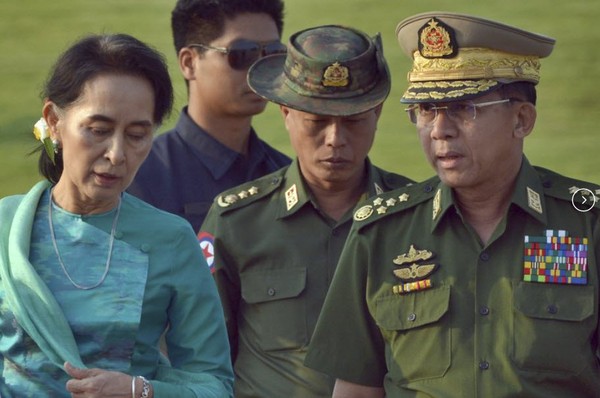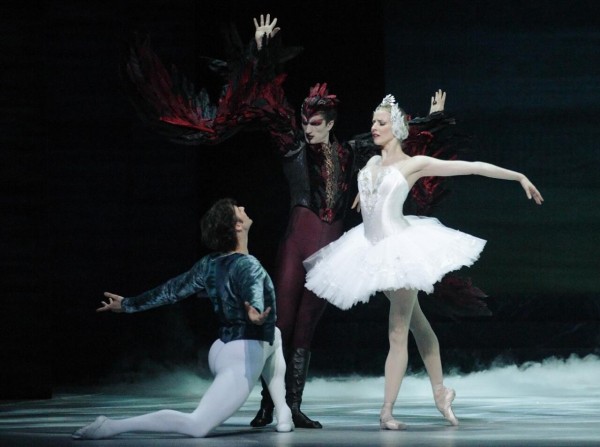Permalink: http://www.state.gov/j/drl/rls...
EXECUTIVE SUMMARY
Estonia is a multiparty, constitutional democracy with a unicameral parliament, a prime minister as head of government, and a president as head of state. The prime minister and cabinet generally represent the party or coalition of parties that have a majority of seats in parliament. Parliamentary elections held in March 2011 were generally free and fair. Security forces reported to civilian authorities.
While there were no reports of widespread human rights abuses, there continued to be reports of trafficking, primarily of women for sexual exploitation and men and women for forced labor elsewhere in the EU. A large number of residents remained stateless, and the rate of naturalization remained low. Conditions in some detention centers remained poor.
Other human rights problems included allegations that police at times used excessive force when arresting suspects, domestic violence, the inequality of women’s salaries as compared to those of men, and incidents of child abuse. Access to services for persons with disabilities was inadequate, especially in rural areas.
The government took steps to punish officials who committed abuses, and there were no reports of impunity.
The complete report is available on this Permalink: http://www.state.gov/j/drl/rls...
Country Reports on Human Rights Practices for 2012: Estonia
Rahvusvahelised uudised | 07 Jun 2013 | EWR
Rahvusvahelised uudised
TRENDING







